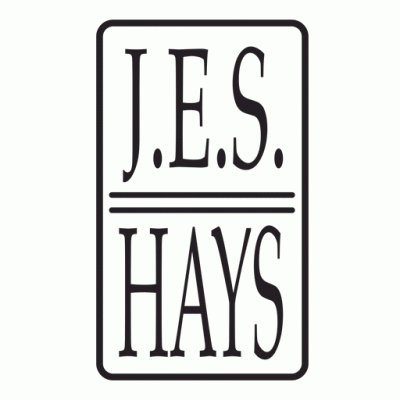Here’s some more great information from the Women Writing the West Conference and the Query Letter Boot Camp.

According to Angie Hodapp, there are six signal words you need to think about when creating your pitch. That’s the part of your query letter that details the plot of your book, rather like the back cover blurb.
- When: this signals the inciting incident; a disaster or interruption of the norm or change in circumstances. “When a young Kansas farmgirl is transported to a magical land by a tornado …”
- But: this signals a conflict, complication, or obstacle. “But she cannot return home unless the Wizard sends her.”
- Now: this signals the protagonist’s new and very bad situation, or their plans to overcome it. “Now, Dorothy must journey to see the great Wizard of Oz.”
- Must: this tells us the protagonist has no choice — they must see this through to the end, no matter what. “Dorothy must convince the Wizard to send her home.”
- Or (else): this signals the stakes, as in “Now X, or else Y.” “Dorothy must defeat the Wicked Witch or else she will be trapped in Oz forever.”
- Before: this signals the stakes plus a ticking clock, as in “Now X must happen before Y happens.” “Dorothy must defeat the Wicked Witch before the Wizard will agree to send her home.”
And in these equations, X stands for something challenging, painful, or seemingly impossible for your protagonist to accomplish, whether physically, emotionally, mentally, or spiritually. Y stands for either death or a loss worse than death.
There are also 5 W’s:
- What does your character want (the goal)?
- Why does your character want it (the motivation)?
- Why can’t they have it (the conflict — villain or antagonistic force)?
- What must they do to get it (the plan or try/fail cycles)?
- What happens if your character fails (the stakes)?
The point of your pitch is to hook the agent or editor into wanting to read your book. Keep it short and sweet, but make sure you cover the basics.
